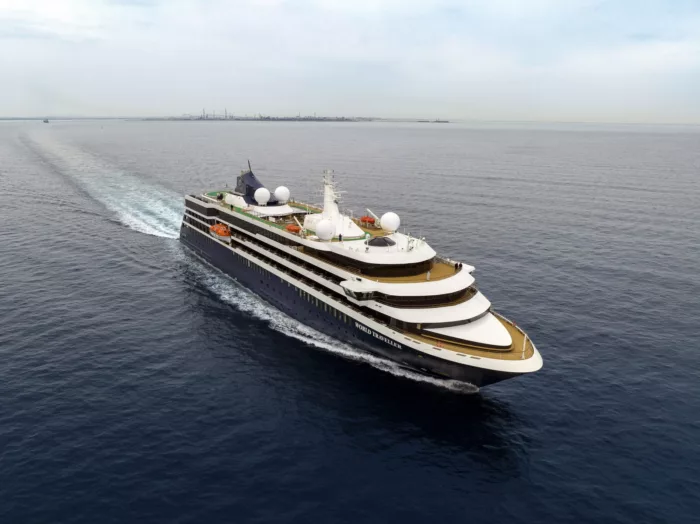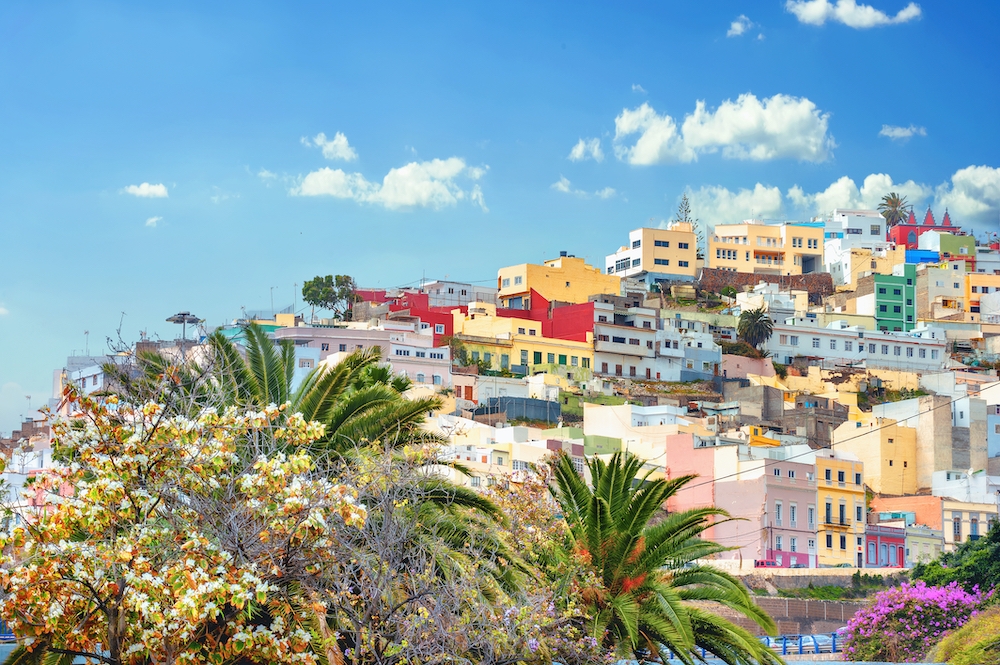
Atlas Ocean Voyages
Atlas Ocean Voyages offers intimate yachting expeditions of the highest quality, taking each passenger on the cruise of a lifetime. Founded in 2019, Atlas operates with three custom-designed ships – World Navigator, World Traveller and World Voyager – that each focus on famed cruising styles; expedition, classic ocean and epicurean. Regardless of whether you seek culinary excellence or a lesser-travelled paradise, Atlas has you covered with unrivalled comfort and unchallenged style.
196
Passengers
130
Crew
2022
Launched
9934t
Tonnage
126m
Length
19m
Width
16kts
Speed
8
Decks
Cruise Itinerary
Day 1
Reykjavík, Iceland
Day 2
Isafjørdur, Iceland
Day 3
Akureyri, Iceland
Day 4
Seydisfjørdur, Iceland
Day 5
Tórshavn, Faroe Islands
Day 6
Kirkwall, Orkney Islands, Scotland
Day 7
Stornoway, Isle of Lewis, Scotland
Day 8
Belfast, Northern Ireland
Day 9
Dublin, Ireland

Day 1
Reykjavík, Iceland

Day 2
Isafjørdur, Iceland

Day 3
Akureyri, Iceland

Day 4
Seydisfjørdur, Iceland

Day 5
Tórshavn, Faroe Islands

Day 6
Kirkwall, Orkney Islands, Scotland

Day 7
Stornoway, Isle of Lewis, Scotland

Day 8
Belfast, Northern Ireland

Day 9
Dublin, Ireland
Ship Details


Atlas Ocean Voyages
World Traveller
Be among the first to experience our newest yacht World Traveller ™ on an all-inclusive voyage. She encompasses our signature style of relaxed luxury, highly personalized service and destination immersions with a distinguishing and timeless Italian design inspired by La Dolce Vita. Refined accommodations, globally inspired gourmet dining and premium cocktails, and an atmosphere that encourages connection combine to create intimate moments that feel exclusively made for you. Journey to Antarctica on her inaugural season and beyond.

Cabins
All Prices















